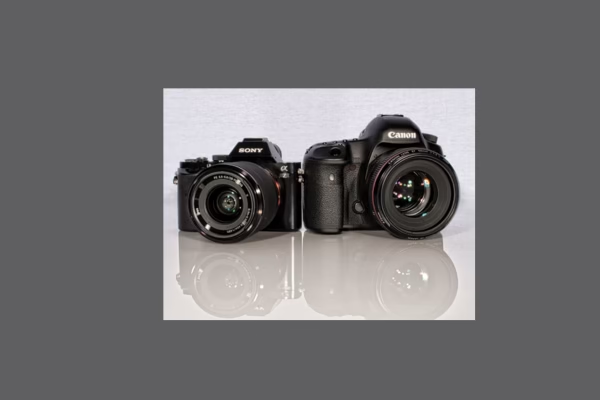Wildlife photography is one of the most thrilling and rewarding genres of photography, capturing the beauty and rawness of animals in their natural habitats. One of the key elements to getting the perfect wildlife shot is understanding and mastering shutter speed. It plays a crucial role in freezing fast-moving animals or capturing their movement in a way that enhances the story of the image. The challenge lies in balancing action and detail with the right shutter speed.
The Role of Shutter Speed in Wildlife Photography
Shutter speed refers to how long the camera’s shutter remains open to allow light to reach the sensor. The faster the shutter speed, the less time the sensor is exposed to light, and vice versa. In wildlife photography, shutter speed is essential for two primary reasons: freezing fast action and conveying the motion of the subject.
When photographing animals in motion, you’ll want to ensure that you use a shutter speed fast enough to prevent blur from movement. However, the goal is not only to freeze the action but also to maintain a level of detail in the subject, which can be tricky when the animal is moving quickly.
Freezing Action: Fast Shutter Speeds
For fast-moving animals, such as birds in flight or predators chasing prey, a fast shutter speed is a must. A shutter speed of 1/1000s to 1/2000s or higher will freeze the action and capture sharp details of the subject. This is particularly important when photographing birds in flight, fast runners like cheetahs, or any subject where rapid movement is involved.
If you’re photographing a subject that moves unpredictably, you may need to increase the shutter speed even further to avoid motion blur, especially in low light conditions.
Conveying Motion: Slower Shutter Speeds
While fast shutter speeds are often necessary for freezing action, sometimes a slower shutter speed is used to convey a sense of motion. For example, when photographing a running animal, a shutter speed of 1/500s to 1/1000s can capture some blur in the legs or tail, enhancing the feeling of speed while still keeping the body of the animal sharp. Slower shutter speeds can also be used to photograph things like flowing water or animals moving through dense foliage, adding a dynamic element to the shot.
Tips for Perfect Wildlife Shots
Increase ISO in Low Light: To use faster shutter speeds, especially in low-light conditions like dawn or dusk, increase your ISO. But remember to balance ISO with noise levels to keep the image clean.
Use Continuous Focus Mode (AI Servo or AF-C): This allows the camera to track moving animals, helping you maintain focus even as the subject moves quickly across the frame.
Anticipate the Action: The key to getting the right shot is anticipating the animal’s movement. Practice tracking the subject with your camera and adjusting your settings accordingly.
Conclusion
Shutter speed is one of the most important tools in a wildlife photographer’s kit, as it directly affects how you capture the movement and essence of animals. Whether you’re freezing the action of a predator or conveying the grace of a bird in flight, finding the right shutter speed is essential for creating powerful wildlife images. By experimenting with different shutter speeds and learning how to balance action and detail, you’ll be well on your way to capturing nature’s most beautiful moments.

